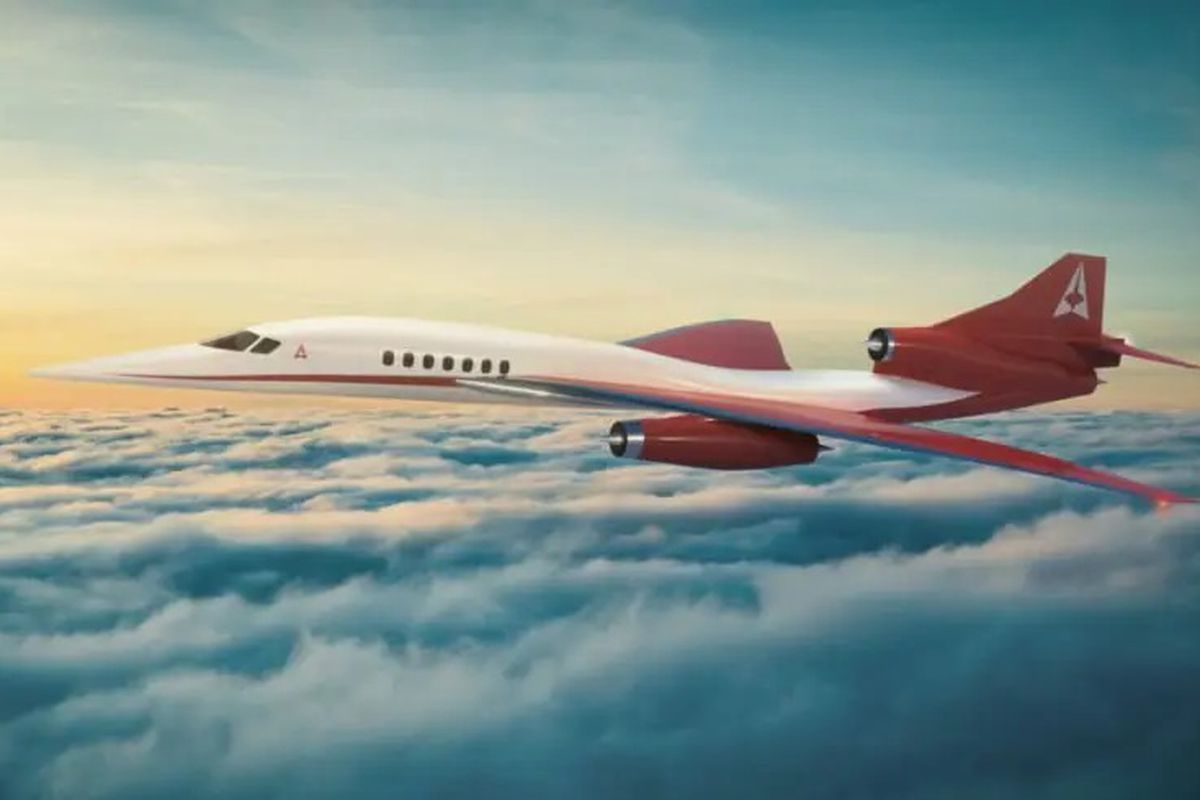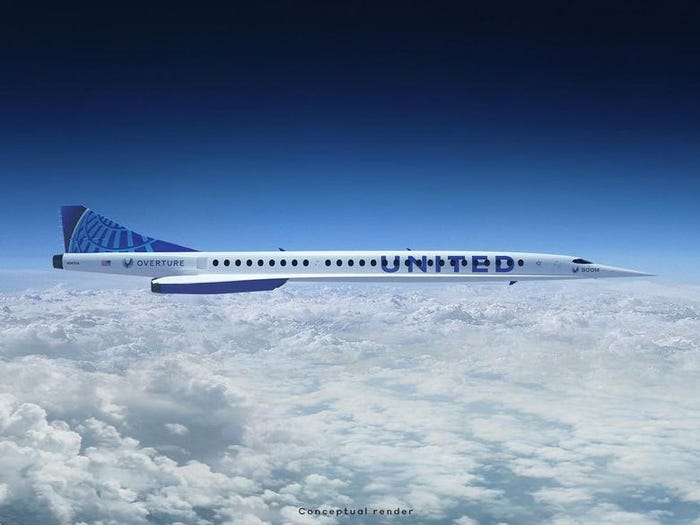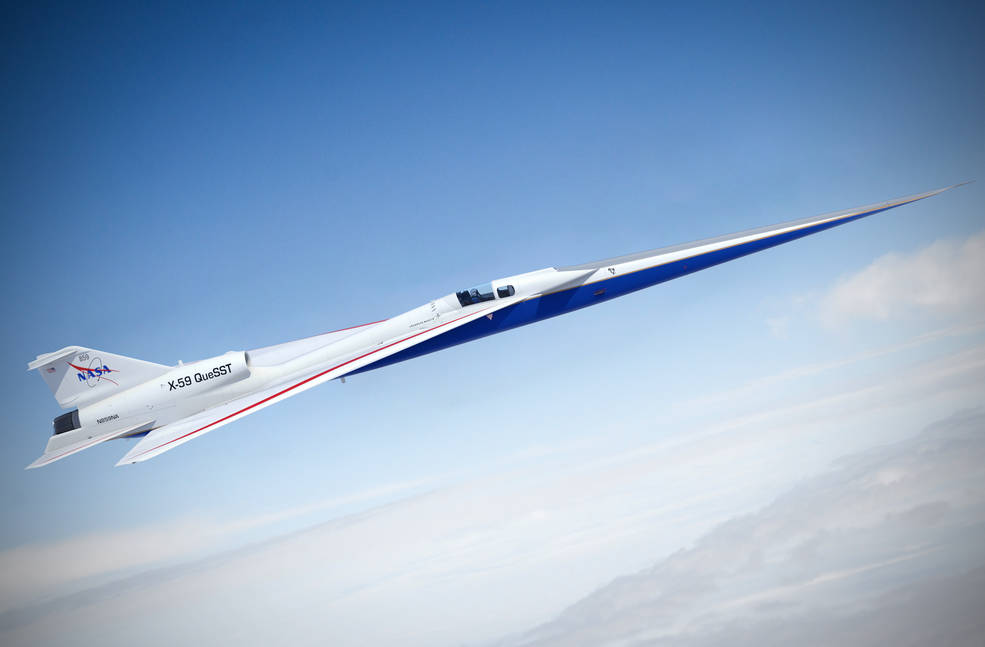I was born too late to really experience the Concorde era. But Concorde, along with the Space Shuttle, have always fascinated me as examples of remarkable machines the human race has been able to engineer.
Concorde had many issues that led to its retirement, not least the horrific crash resulting in the loss of 109 lives on 25th July 2000. Technical complexity, fuel economy and noise were significant factors that hampered Concorde for its entire life.
Back in those days, there were also two lesser-known Supersonic planes in existence. Boeing was working on the 2707 Jet that was planned to be the “American Concorde”. However, this project died due to a lack of funding. The Soviet Union also had their own equivalent called the Tupolev-TU-144 which looked remarkably similar to Concorde but only recorded a total of 102 commercial flights.
Technology has progressed greatly in the nearly two decades since Concorde’s retirement. The world is more connected than ever, globalisation continues at a rapid pace and those factors mean there is ever increasing demand for the return of supersonic flight. Three companies are actively working on supersonic jets that will likely see this form of travel return.
Aerion AS2
Aerion Supersonic an American company based in Reno, NV and Paolo Alto, CA. They boast backing from industry heavyweights Boeing and GE Aviation. Boeing is no stranger to Supersonic jets given its huge military arm and GE already supplies a huge quantity of engines and financing services to the industry.
The AS2 will be geared towards predominantly business travellers, much like Concorde. However, its size will reflect this, and on launch will operate more like a traditional business jet such as a Gulfstream. It’s not beyond the realm of belief that a larger version may be announced in the future which could cater towards traditional Airline customers.
The AS2 is also the first supersonic aircraft designed to use Biofuels from day one.

Boom supersonic – Overture
Headquartered at Centennial Airport in Colorado, Boom looks to be the furthest ahead in the supersonic race. The XB-1 “Baby Boom” was unveiled in 2016. Originally, test flights were scheduled to begin in late 2017 but there have been multiple delays to the project. Current estimates say that a test flight will occur in late 2022. The XB-1 is merely a testbed for what will become a larger Supersonic aircraft that commercial airlines can purchase. In fact, Boom already has orders from Japan Airlines for 20 aircraft and a further 10 for Virgin Atlantic. North American carrier, United Airlines has also placed an order of 15 aircraft. This is significant given there were no commercial carriers in North America providing commercial flight during the Concorde era.

Lockheed Martin – X-59 QueSST
As a behemoth of the defence & aerospace industry, it should be no surprise that Lockheed has a presence in this area. It’s been quietly building a prototype at its famous skunkworks in California for Nasa’s Low-Boom flight demonstrator project. QueSST stands for “Quiet SuperSonic Technology”. Given how much of an issue noise was in the Concorde days, I think this project will be most welcome among travellers and residents of countries that operate Supersonic airliners. The first flight is planned sometime in 2022.

What the future holds
I’m excited by the prospect of a Supersonic flight returning. The only issue is how much a points seat on those flights will cost!
We can’t help with Supersonic flights yet, but we can help you get a great deal on flights today. Get in touch if you’re planning a trip and want to get great value for your points.

